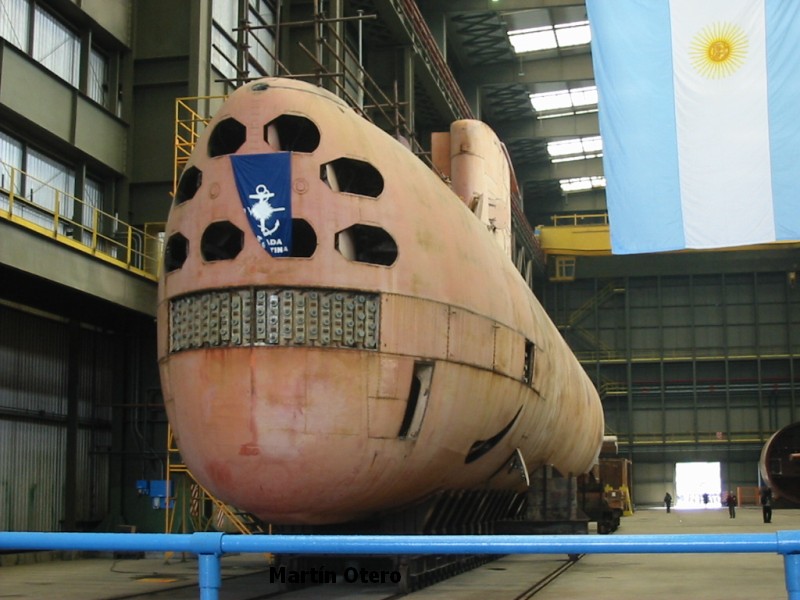...of the Malvinas/Falkland Islands. A what-if that will hopefully cover what steps might be taken from Argentinian military before and once they've captured the islands in 1982. Yes, we all know why that happened, the junta is still in charge there per this scenario.
Timer for changes goes off 3 months before the actual invasion, plus until the Royal Navy arrives, until the invasion is beaten. Note that Argentina cannot just willy-nilly go to the shopping spree - economy is already in shambles, while the junta is not loved (for the proper reasons) - most of the preps need to get the current state of manpower and hardware up to the task. Changes include tactics, logistics and hardware, as well as units deployed. Invasion happens on historical date (April 2nd 1982).
(idea is shamelessly taken from another forum)
Timer for changes goes off 3 months before the actual invasion, plus until the Royal Navy arrives, until the invasion is beaten. Note that Argentina cannot just willy-nilly go to the shopping spree - economy is already in shambles, while the junta is not loved (for the proper reasons) - most of the preps need to get the current state of manpower and hardware up to the task. Changes include tactics, logistics and hardware, as well as units deployed. Invasion happens on historical date (April 2nd 1982).
(idea is shamelessly taken from another forum)

